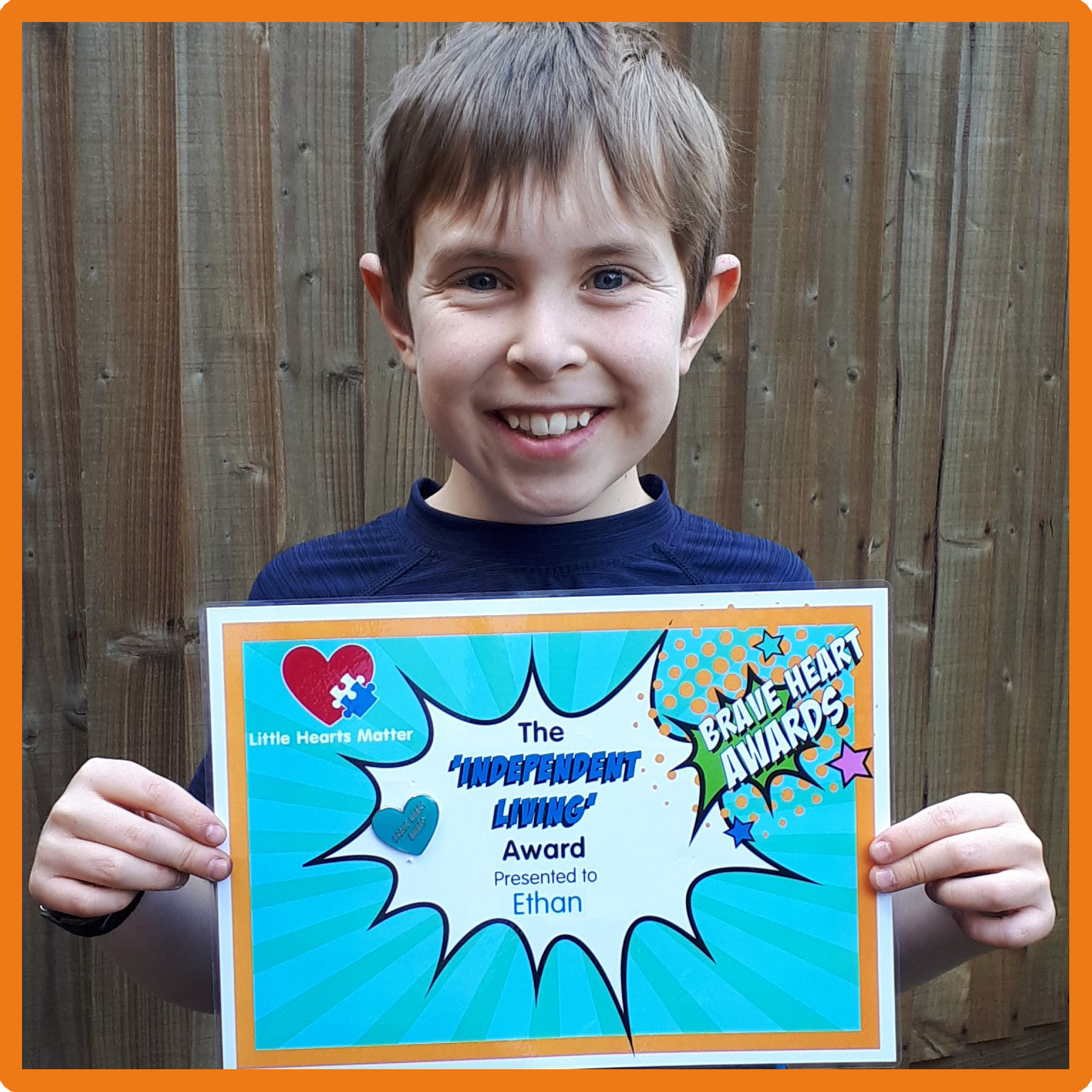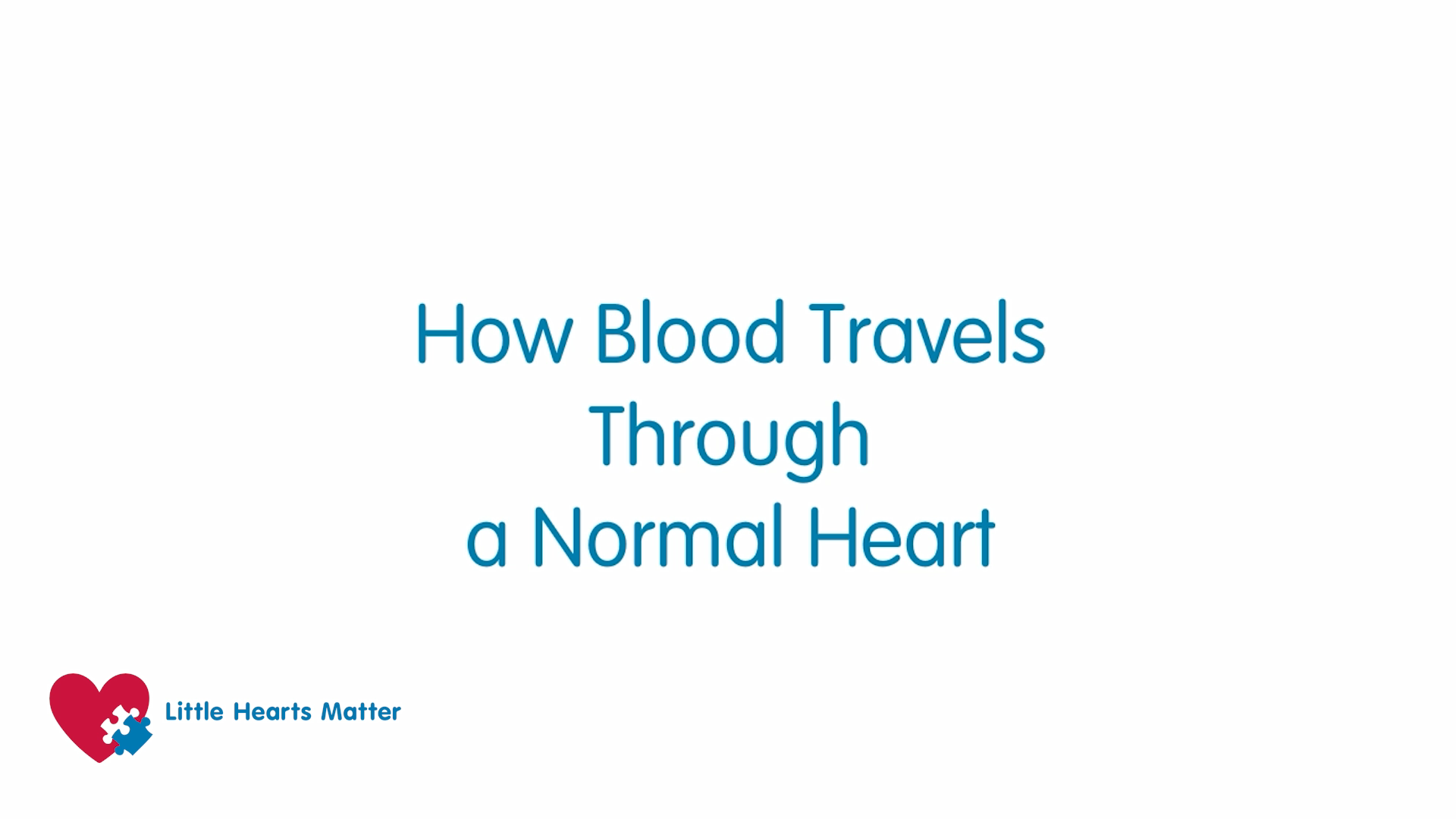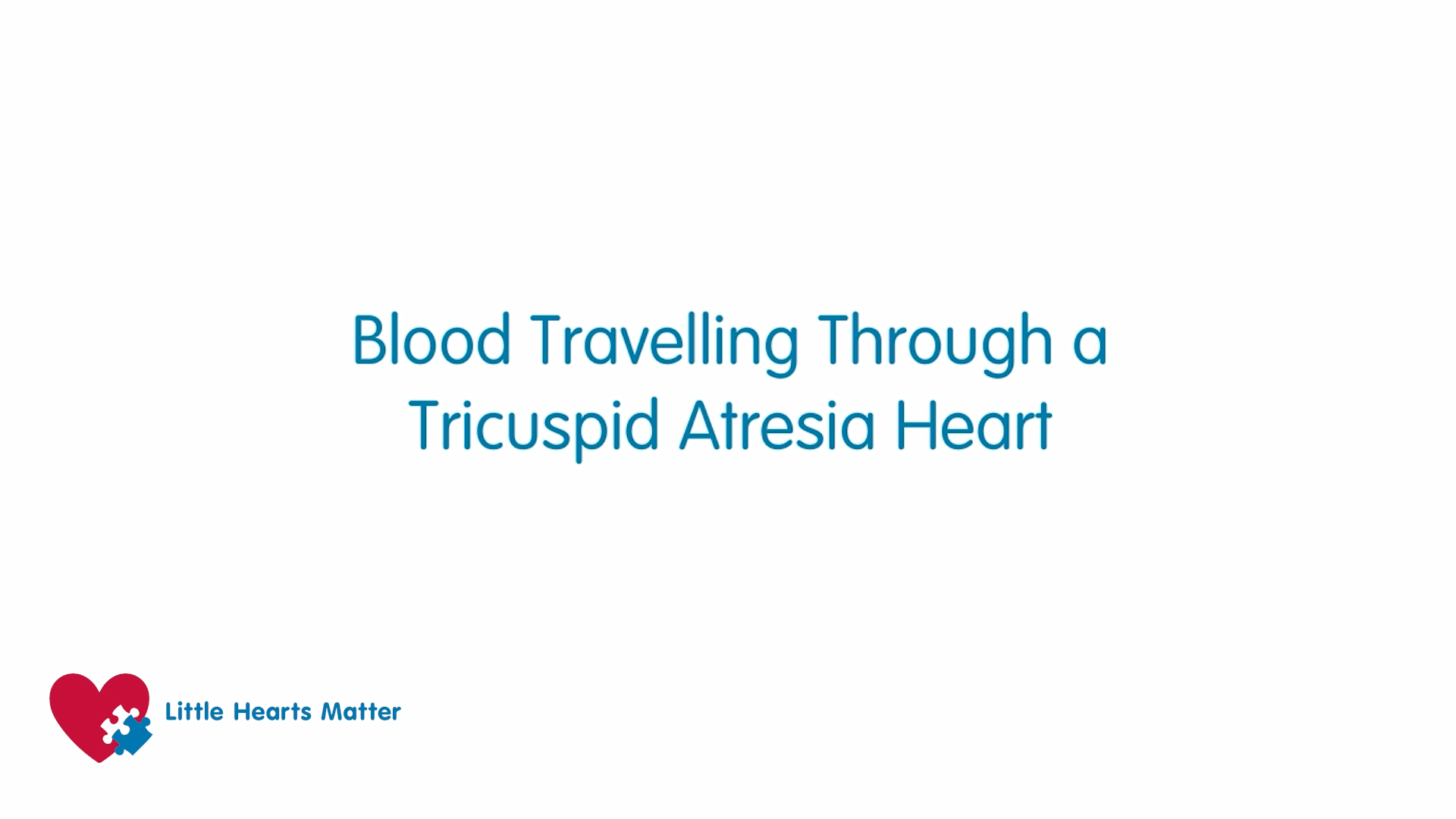
Learning about your complex heart condition is often frightening and confusing. So, if you are feeling this way don’t worry that is perfectly normal. Very few people have an understanding of what a complex heart condition means but we have written the different types of single ventricle heart conditions like Pulmonary Atresia, so you can understand your heart a little more and also try to deal with the tricky feelings that come with living with it.
Let’s keep reading to understand your single ventricle heart condition and the palliative (treatable but not curable) treatment available. Maybe you’re already talking to your doctor about this and recognize some of the things we talk about.
We will start by looking at the ‘normal heart’ (you have a special heart) and the way that it works whilst the baby is inside the mother. We start here as it’s a good place to understand the function of the normal heart and then how yours works differently.

The normal heart
The typical flow of blood through the normal heart can seem complicated. Let’s try to explain it in two different ways and see if that helps.
The heart is an incredible organ. It acts as a pump. Its jobs is to collect and send blood to different parts of the body. This blood contains all the things we need to make energy.
- Oxygen
- Nutrients (food)
- Water
When the blood reaches each part of the body with these three things it can then work, grow and repair. This blood can be red (filled with oxygen) or blue (empty of oxygen).
The heart has two sides and they both have different jobs. Let’s have a look at those different jobs.
The right side of the heart;
- Collects the blue blood from the head, neck and body.
- Transport the blue blood to the top right chamber of the heart (right atrium)
- Passes the blood to the bottom right chamber of the heart (right ventricle)
- Pump the blue blood to the lungs. The lungs then adds oxygen and turns the blood from blue to
The left side of the heart;
- Collects the new red blood into the top left chamber of the heart (left atrium)
- Passes the red blood to the bottom left chamber of the heart (left ventricle)
- Pumps the red blood out of the heart and around the body. The body uses all this red blood and it turns blue again.
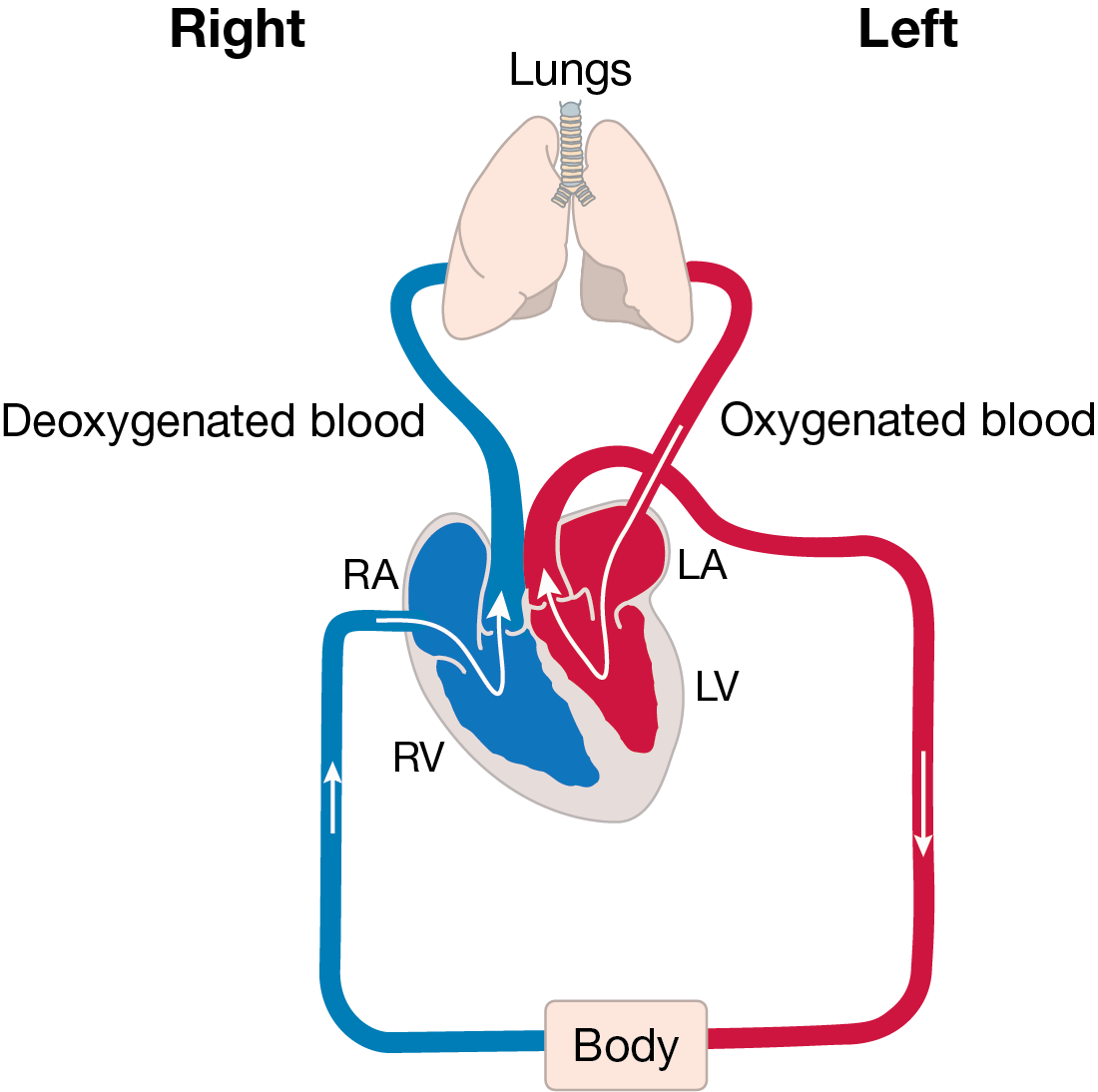

Do you think you understand the basic normal heart now? Let’s have a quick quiz time to find out. No pressure and you can always look the answers up.
- What is the hearts main function?
- Name 1 of the 3 things the blood has to create energy.
- What colour is the blood before oxygenation?
- Name one job of the right side of the heart.
- What is another name for the top left chamber of the heart?

Tricuspid Atresia
Let’s look at how the blood flows through a heart with Tricuspid Atresia. We start the journey as blue blood, with no oxygen in it, travels back to the heart from the body and the head. The blue blood flows into the right collecting chamber as normal it should then travel on through a valve into the right pumping chamber but it is unable to pass through the Tricuspid valve because it has not formed properly, creating a blockage. The blood needs somewhere else to go so it travels through a hole between the right and left collecting chambers, an atrial septal defect. Here blue blood from the right side of the heart mixes with red oxygen filled blood from the lungs creating a purple mixed blood.
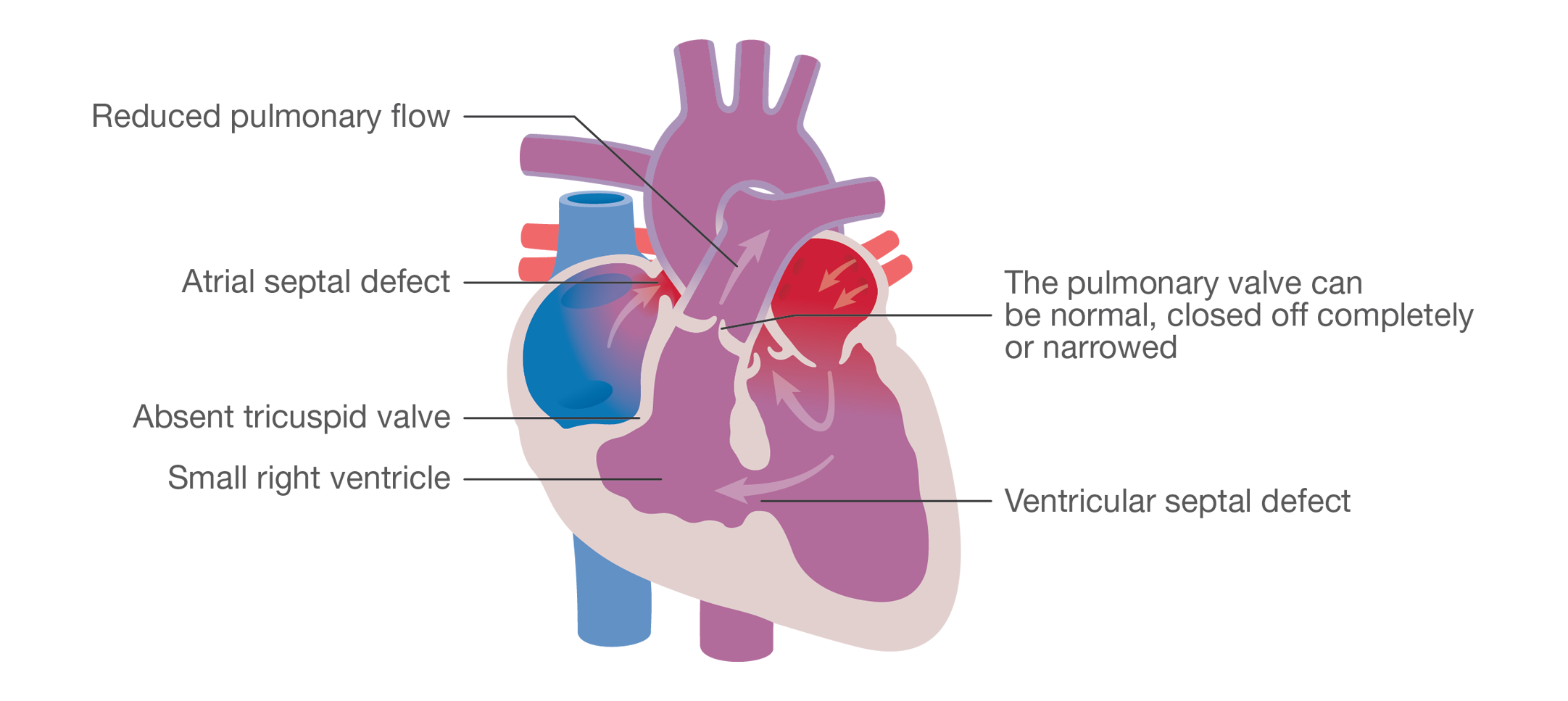
From here the purple blood passes in to the left pumping chamber. Some of it is then pumped out to the body. The rest will pass back to the right side of the heart through a hole between the left and right pumping chambers, a ventricular septal defect from here the purple mixed blood will be pumped to your lungs.
If you were born with TA you may have also been told that you have other heart problems like transposition of the great arteries. This means that the major arteries leaving your heart were swapped around.
What does cyanosis mean?
Some children, teenager and adults with a single ventricle have periods of time when they are cyanosed. In most cases it will happen because there is less oxygen in the blood than normal. When you have a mixture of blue blood, with no oxygen, mixing with red blood, filled with oxygen, the mixture means that there is less oxygen than normal flowing around the body. We call this purple blood. When you are cyanosed you may have a blue tinge to your lips and fingers, you may be a bit more breathless than your friends and you may find that you get tired easily.
Below you will find an animation about Tricuspid Atresia – A visual guide to help you understand the information on this page.
Do you have questions? It’s absolutely okay if reading this has led to more questions. Your doctors can explain the what and the how. If you need someone to explain the why? We can try to do that next but it’s not that simple.

What causes the heart to form this way?
The heart is fully formed in an unborn baby by the end of the third month of pregnancy (whilst still in the mums tummy).
Lots of complex growing goes on in those first three months to make a heart, and the rest of the baby.
We don’t totally know what goes wrong in some babies at that time but we do have a few clues.
- Some families have a history of babies with problems with their hearts when they are born. In these cases there is probably a genetic problem. For more information have a look at the genetics section of our website https://www.lhm.org.uk/tricuspid-atresia/#genetics
- Some mothers have had health problems during the early part of the pregnancy that can cause a problem with the growth of the heart.
- In most cases there is no reason that anyone can find about why the heart did not form properly. Doctors are still looking and one day we will have a full answer.
The most important thing to remember is that it was no one’s fault that it happened. Sometimes when a baby is growing in the womb (Mums tummy) the growing just does not go right.
We also know that some children with a heart condition also have another genetic condition for example De George Syndrome (22Q deletion). In some genetic conditions there is nearly always a heart problem as one of the differences the genetic condition makes.

Why was the problem not detected during pregnancy?
It is possible to detect TA during pregnancy, but it might not be very obvious during the scans your mom had because of the size or position the baby was in. Sometimes the heart condition can become clearer to see later in the pregnancy after routine scans have been performed.

Why is my condition treatable but not correctable?
Doctors have worked hard to develop a different way for the undeveloped parts within your heart to pass blood so it circulates around our body. Even though they have done this they are not able to make a ventricle yet so after your treatment you will still only have one working pump. This is why your heart condition is called palliative.

Do you think you are starting to understand Tricuspid Atresia now? Let’s have a quick quiz time to find out. No pressure and you can always look the answers up.
- Name 1 similarity between a TA heart and a ‘normal’ one.
- What is an Atrial Septal Defect?
- Why might you be a little blue?
- What other heart problems might someone with TA have?
- What does palliative mean?
This information was last updated in November 2022. We would like to thank members of our reader panel for reviewing this information.
Author – Lexie Katsaitis (Head of youth services – Little Hearts Matter) & Suzie Hutchinson (Chief Executive – Little Hearts Matter)
Medically Verified by Dr David Crossland (Freeman Hospital)
Web Design by Sam Jones (Social Media Lead – Little Hearts Matter)
